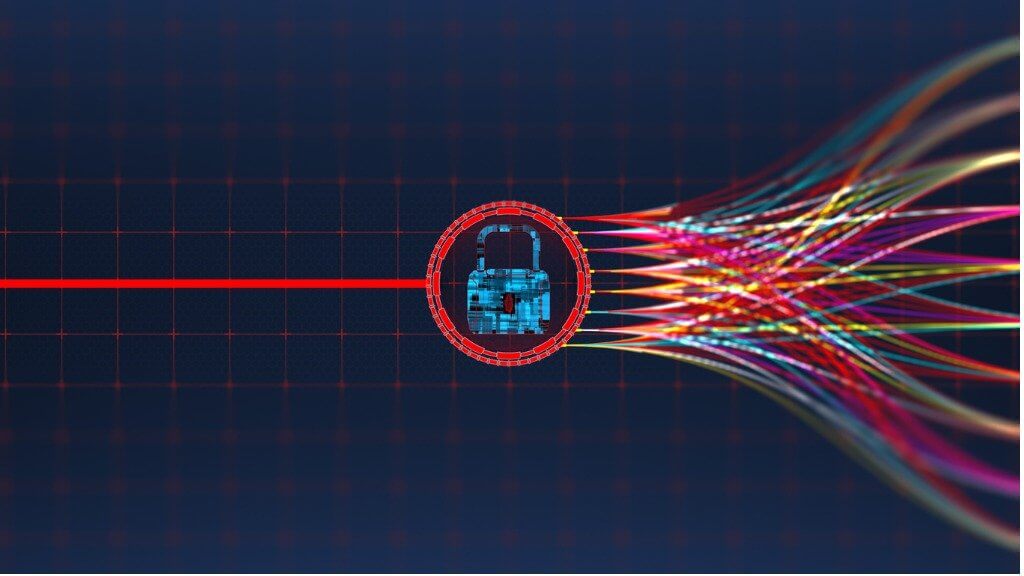
In 2023, it’s safe to say we’re more interconnected than ever before. Because of this, the prevalence of cyberattacks is a concerning reality. Such digital threats can wreak havoc on both your personal and professional endeavours, compromise sensitive data, and cause astronomical financial losses.
Now is the time to learn the common types of cyberattacks and what preventive measures you can put in place to keep your online activity safe.
Phishing Attacks
Phishing attacks are deceptive tactics carried out by cybercriminals. The aim of them is to trick individuals into handing over confidential information like usernames, passwords, and financial details. Phishing attacks are normally executed through text messages, emails, or malicious websites designed to mimic trusted sources. Thankfully, there are prevention tips you can take on board. These include being cautious of unsolicited emails or messages asking for personal information and verifying the legitimacy of the sender by cross-checking email addresses. Also, never click on suspicious links!
Insider Threats
Insider threats involve individuals with unauthorised access to information or systems by misusing their privileges for personal gain or malicious intent. Such threats can be unintentional, like an accidental data breach. However, others can be deliberate in the sense of employees leaking or stealing sensitive data intentionally. If you’re a business owner, you need to implement strong access controls and limit employees’ privileges to only what they require. You can also look into using cyber security services from ROCK. They have a team of cyber security experts who can creatively and systematically test your business for industry-relevant vulnerabilities and get a better understanding of your security posture.
Distributed Denial of Service (DDoS) Attacks
DDoS attacks overwhelm networks or target systems by infiltrating them with a ginormous volume of traffic. These attacks are designed to disrupt online services or make websites inaccessible to legitimate users. It’s your job to utilise DDoS mitigation services of firewalls that can establish and block malicious traffic. Other measures you can take include collaborating with your internet service provider to create a defence strategy against DDoS attacks.
Ransomware Attacks
Ransomware attacks involve malicious software which encrypts valuable files or locks down an entire system until a ransom is paid. Such attacks can have devastating consequences on individuals and businesses. To prevent ransomware attacks from becoming a reality, you must back up important files regularly and ensure they’re stored offline or in secure cloud storage. Also, make sure to deploy robust firewall systems that will block suspicious network traffic. Exercise caution when downloading files from an untrusted source too.
Malware Infections
Malware refers to a broad category of malicious software designed to steal sensitive information, infiltrate systems and gain unauthorised access. These include trojans, viruses, and spyware. Malware infections can happen through various vectors like infected websites, malicious downloads, or removable storage devices. You need to be regularly updating your operating system and applications with the best security patches. Also, make sure you’re using reputable antivirus software and keep it up to date.
While cyberattacks aren’t going to go away anytime soon, there are methods you can take to enhance your online security, protect your data, and, most importantly, keep cybercriminals away.